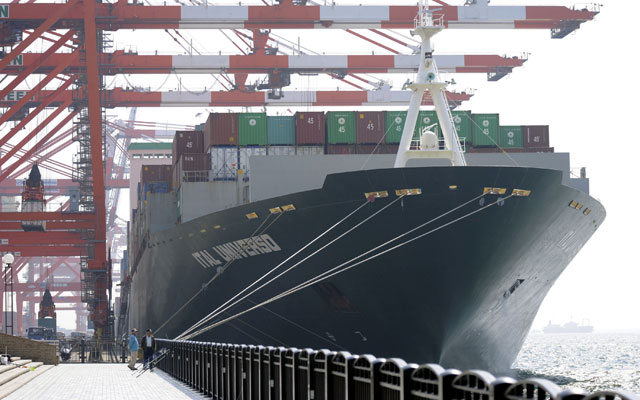U.S. Trade Deficit: Made in Washington, D.C.?
Bryan Riley /
The Treasury Department recently reported that China and Japan are the largest foreign holders of U.S. government debt. China now owns $1.317 trillion in U.S. government debt. Japan owns another $1.186 trillion. It is no surprise that China and Japan are also the two countries with which the United States has the largest annual trade deficits. Here’s why:
When Americans import a product made in China or Japan, those dollars can be used to purchase U.S. exports (benefiting Americans), to invest in the U.S. private sector (also benefiting Americans), or to help finance federal budget deficits (benefiting Americans by lowering our government’s cost of borrowing).
If people in China and Japan used all the dollars they earned from exporting goods to the United States to purchase U.S.-made products, the trade deficit would be zero.
But when they use those dollars to buy U.S. Treasury securities, the United States winds up with a trade deficit. Americans may benefit from those purchases, but sales of Treasury bonds don’t count as exports.
The trade deficit today, as in 1985, has very little to do with foreign trade barriers, currency manipulation, or “unfair” trade practices. The trade deficit is driven by U.S. politicians who have borrowed trillions of dollars from China, Japan, and other countries that could otherwise have been invested in American industries or spent on American-made goods and services.
As ABC News reported in 1985, “The most basic [trade] problem is agreed to be the budget deficit. But nobody here seems able to do anything about that.” In this regard, little has changed in the past 29 years.

